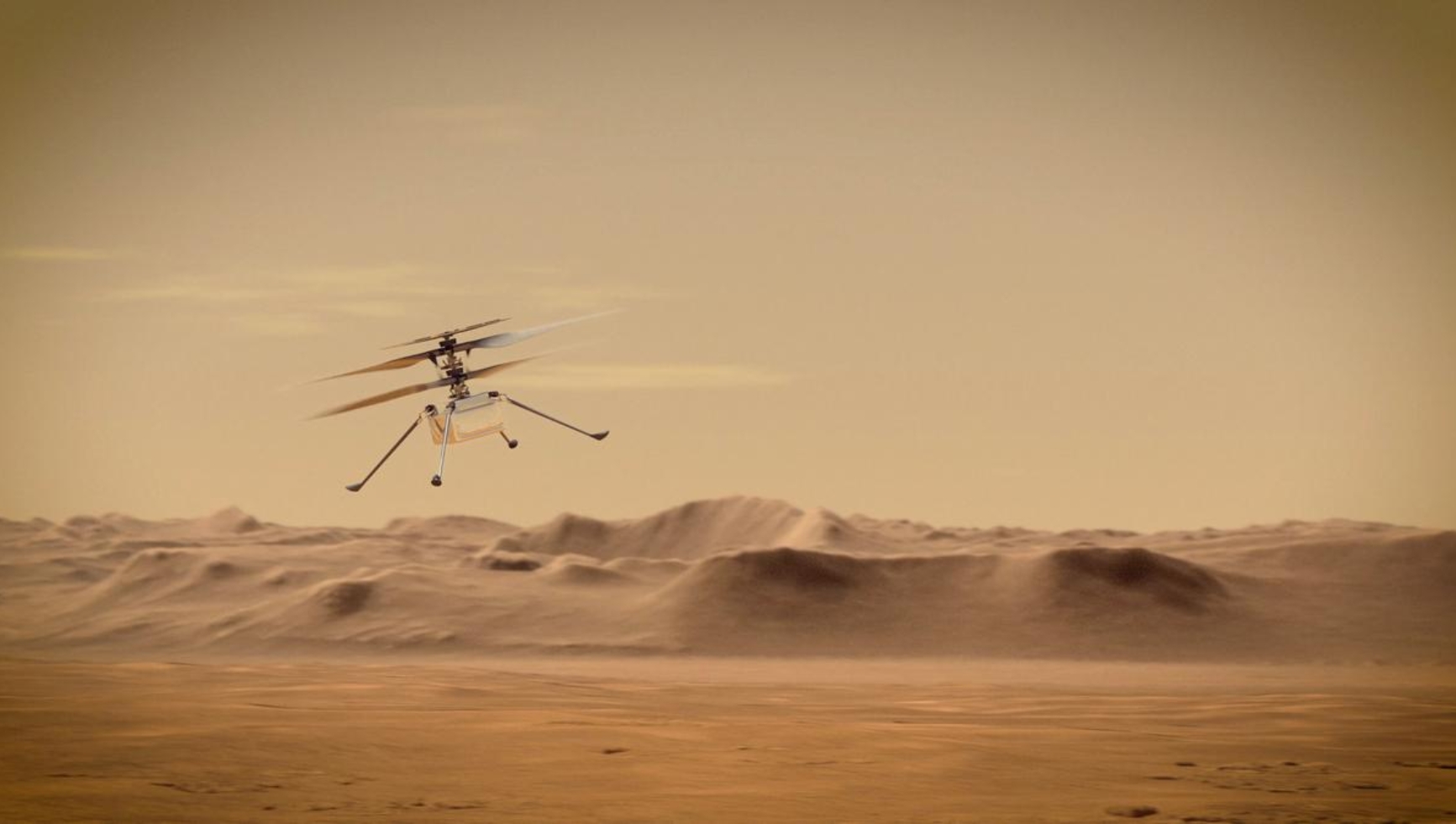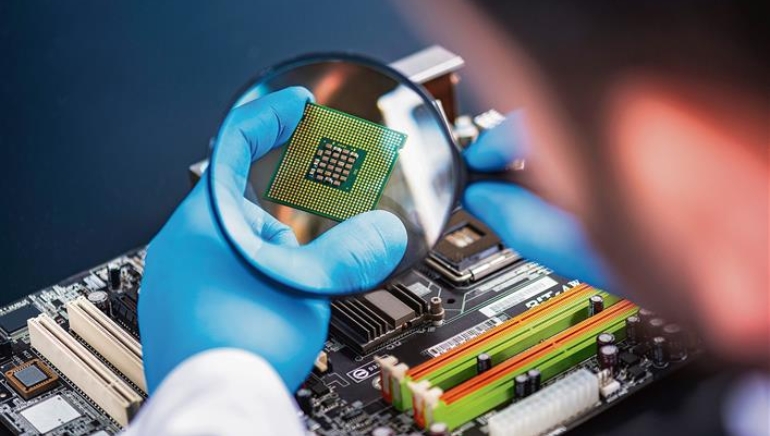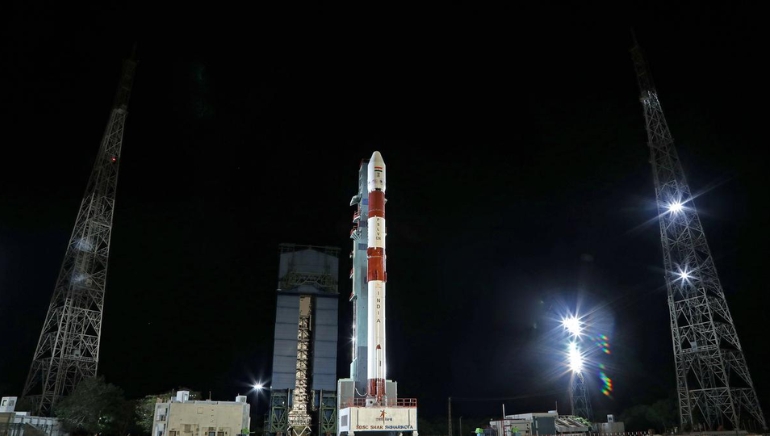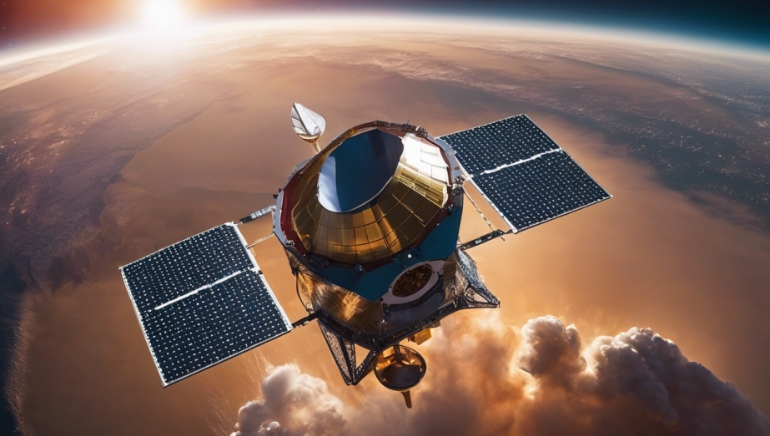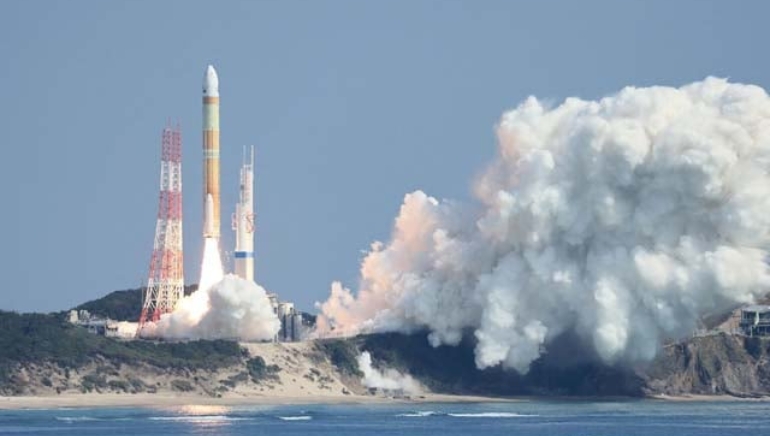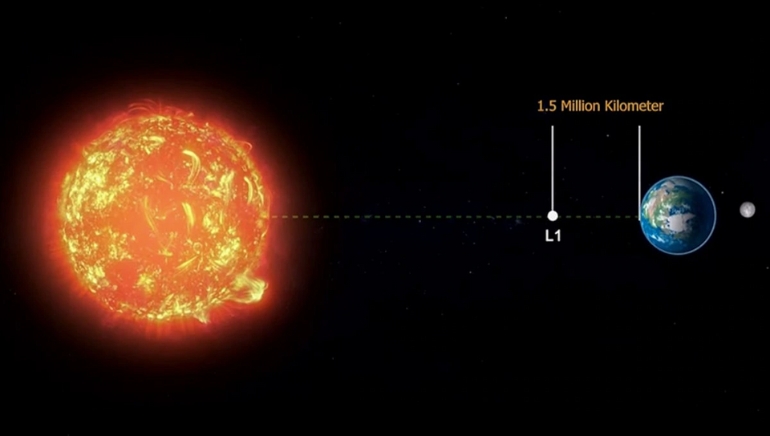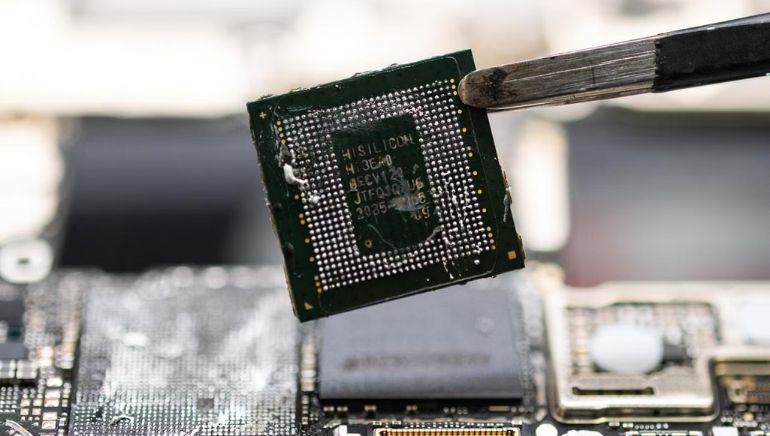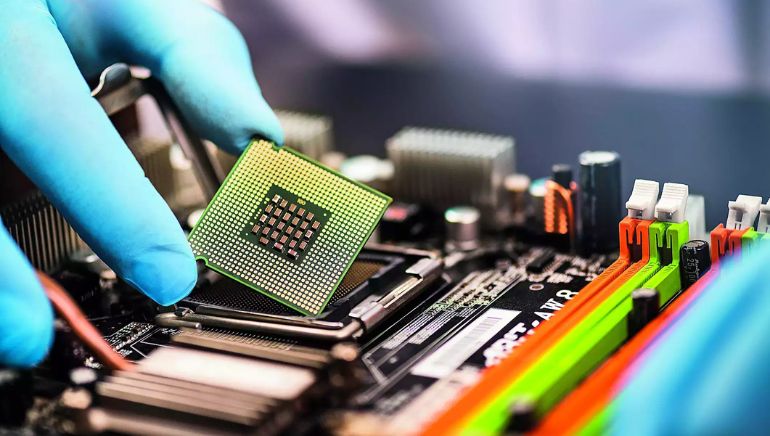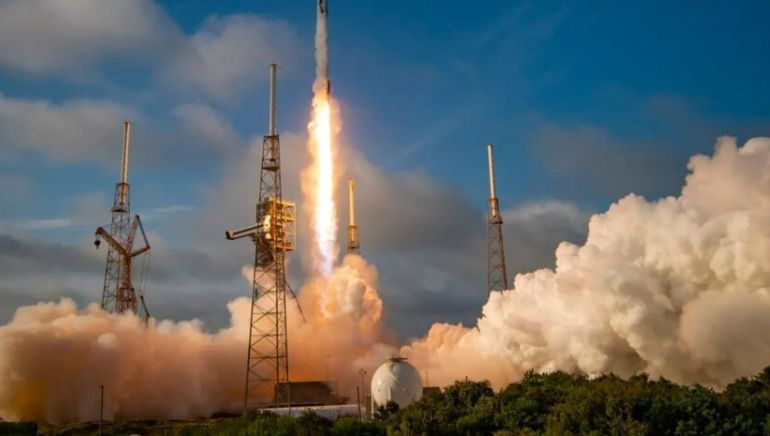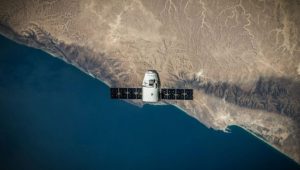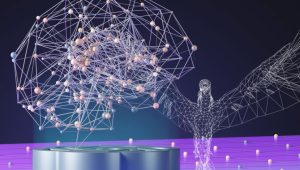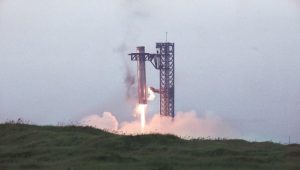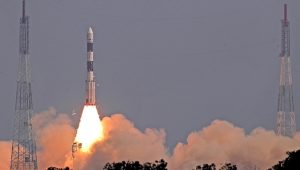In 2023, American tech giant Apple beat out competitors in the BigTech space to acquire the most startups. According to Stocklytics, which gathered their data from Statista, Apple purchased up to 32 artificial intelligence startups last year to strengthen its AI capabilities.
This strategic move bolsters Apple’s AI capabilities across its products and services. Financial analyst Edith Reads highlighted Apple’s significant deals, which bring in top talent and innovative technologies. While Apple remains discreet about its AI integration plans, its approach encompasses talent acquisition, technology integration, and intellectual property expansion.
Key acquisitions include Voysis for voice assistants, WaveOne for video compression, and Emotient for expression recognition. Apple targets early-stage startups to anticipate emerging AI trends. Despite advances by competitors like Samsung and Google in AI, Apple’s aggressive acquisition rate hints at ambitious plans for future devices and services.
Apple’s secretive nature obscures exact figures, but analysts estimate an acquisition rate of 2–3 startups per week. Apple’s pursuit of promising AI startups is evidence of its commitment to leading the race, in contrast to Google and Microsoft, who appear more interested in acquiring established businesses. However, Apple rarely discloses its acquisition intentions.






